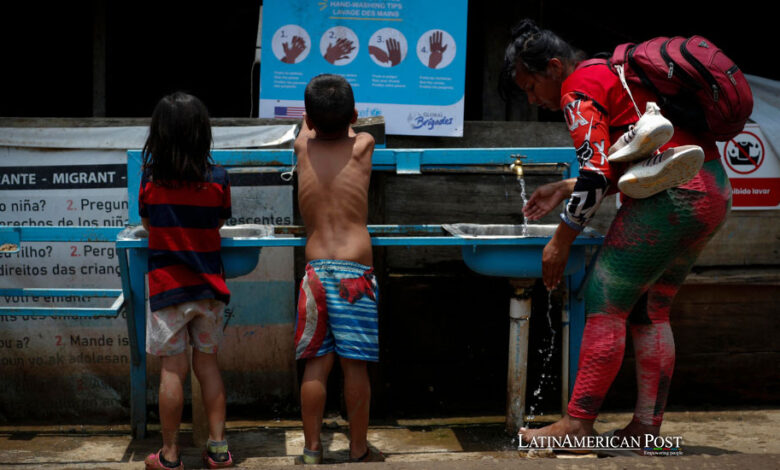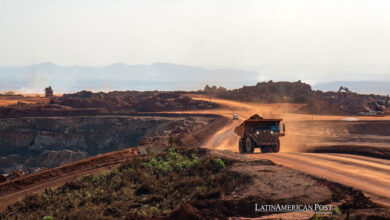Record Child Migration Through the Colombia-Panama Darién Raises Humanitarian Concerns

Over 30,000 minors have crossed the dangerous Darién jungle between Panama and Colombia from January to April this year, setting a course for unprecedented migration figures in 2024, as reported by UNICEF.
In a distressing revelation from UNICEF, over 30,000 minors traversed the daunting Darién jungle, a natural barrier between Panama and Colombia, in the first four months of the year alone. This figure represents a 40% increase compared to the same period in the previous year and projects a grave trajectory that may lead to record-breaking child migration through this route in 2024.
The Darién Gap is notorious for its harsh terrain and lawlessness, making it one of the most dangerous migration routes in the world. Despite these dangers, it remains a popular route for migrants hoping to reach North America due to stringent border controls elsewhere. Historically, this dense jungle has been a lesser-traveled pathway, but as geopolitical landscapes shift and other routes become more controlled, the Darién has seen an exponential increase in use.
Escalation of Child Migrants
The increase in child migrants, particularly unaccompanied minors, is alarming. Nearly 2,000 of the children who crossed this year did so without the accompaniment of family, which has tripled from last year. This rise points to a dire humanitarian crisis, as children are particularly vulnerable to the myriad dangers of such a difficult journey, including violence, trafficking, and health crises.
Ted Chaiban, Deputy Executive Director of UNICEF, emphasized the jungle’s unsuitability for children, noting the severe conditions they face and the tragic deaths that occur during the crossing. The situation is so severe that some women are forced to give birth along the way under the most challenging circumstances imaginable.
Latin America has a complex migration history driven by a blend of economic disparity, violence, and political instability. The Darién jungle has been somewhat of a geopolitical anomaly, largely ungoverned and historically used by smugglers and armed groups. The recent surge in migration through this passage reflects broader regional dynamics, including the crisis in Venezuela and ongoing violence in parts of Central America.
International Response and Funding Shortages
Despite the escalating crisis, humanitarian aid funding still needs improvement. UNICEF reported that out of the $7.64 million requested for 2023 to address the urgent needs of children and families transiting through Panama, only 10% has been secured. This lack of funds severely hampers the ability to provide essential services like water, sanitation, hygiene, and maternal health care along the migration route.
Panama’sation in the Darién has prompted calls from Panama for more international assistance and a multinational approach to this humanitarian crisis. The country has been overwhelmed by the influx of migrants, with more than 151,000 people moving through Panama via the Darién from January to mid-May of this year alone. The scale of this movement is unprecedented and continues to grow.
The New Government’s Approach
With GovernmentMulino’s election as Panama’s president, who will take office Panama’s 1, there are promises of a new approach to handling migration. Mulino has vowed to repatriate migrants with international assistance, respecting human rights, which signifies a potential shift in how Panama manages this complex issue. However, the effectiveness of these plans remains to be seen, particularly in the face of such high numbers and the challenging terrain of the Darién.
Also read: Colombian Village Women Resist as Children Forget Roots for Tech
The dramatic rise in child migration through the Darién jungle is not just a Panamanian issue but a regional humanitarian crisis that requires an urgent and coordinated international response. The increasing number of vulnerable children making this dangerous crossing highlights the need for more comprehensive solutions that address the root causes of migration and provide safe, legal pathways for those forced to flee their home countries. As the situation develops, the international community must prioritize the safety and rights of these young migrants, whose lives and futures hang in the balance.





